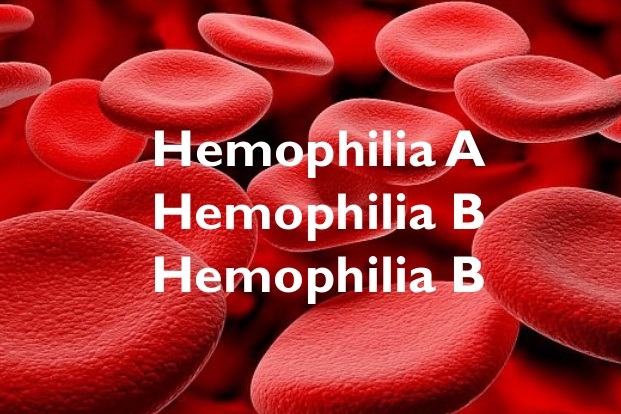Categories
- Bariatric Surgery (11)
- Black Fungus (5)
- Bone Marrow transplant (3)
- Brain Tumor Surgery Navigation Technology (20)
- Cardiac Surgery (66)
- Cardiology (97)
- Computer navigation technology for joint replacements (20)
- Covid Vaccination (17)
- Critical Care (2)
- Dental (19)
- Dermatology (31)
- Dialysis Support Group - “UTSAAH” (11)
- Dietitian (33)
- Emergency Medicine (4)
- Emotional Health (11)
- Endocrinology (33)
- ENT (20)
- Gastroenterology and GI Surgery (53)
- General and Laparoscopic Surgery (21)
- General Surgery (4)
- Gynecology & Obstetrics (183)
- Hematology (20)
- Internal Medicine (294)
- Kidney Transplant (50)
- Kidney Transplantation (20)
- Lung Cancer (8)
- Minimal Invasive Surgery (1)
- Mother & Child (20)
- mucormycosis (5)
- Nephrology (61)
- Neurology (147)
- Neurosurgery (68)
- Nutrition and Dietetics (107)
- Omicron Variant (1)
- Oncology (288)
- Ophthalmology (10)
- Orthopaedics & Joint Replacement (86)
- Paediatrics (59)
- Pediatric Nephrology (3)
- Physiotherapy (5)
- Plastic & Reconstructive Surgery (6)
- Psychiatry and Psychology (90)
- Psychologist (28)
- Pulmonology (72)
- Rheumatology (13)
- Spine Services (21)
- Transradial Angioplasty (16)
- Urology (84)
Query Form
Posted on Apr 19, 2022
What is the difference between Haemophilia A and Haemophilia B?
Haemophilia can be defined as a bleeding disorder that is caused by the deficiency of the clotting factors. The differences between Haemophilia A and B are in the low level – Haemophilia A means low levels of factor (8) and Haemophilia B is low levels of factor (9). Due to the differences in the factors, the same leads to a difference in treatment – Haemophilia A needs to be treated with factor 8 and Haemophilia B with factor 9 replacement. Giving factor 8 to someone with Haemophilia B won’t help to stop the bleeding.

Haemophilia A and B are both bleeding disorders passed on at birth through the genes and are caused by a low level or absence in one of the ‘factors’ normally found in the blood that help make a stable blood clot.
A bad blood clot will mean that a person is at risk of bleeding internally, and most often inside the joints or muscles. The person is also at risk of re-bleeding when the poor blood clot that is formed breaks down too soon.
People with zero levels of a factor are described as having severe haemophilia, and these people are at most risk of bleeding. People with higher levels up to the normal ranges are described as having moderate or mild haemophilia, and the risk of bleeding is less for someone with mild haemophilia.
Hemophilia A and B have different causal mutations; as a result, 35% of patients with haemophilia B have severe disease, compared with 45% of patients with haemophilia A.
Signs & Symptoms of Hemophilia
The signs and symptoms of Hemophilia are excessive/prolonged bleeding. Bleeding can be external or internal. The symptoms depend on the Hemophilia type (A or B) and severity (mild, moderate, or severe).
- Persons with mild Hemophilia (<6% – 49% factor level). In some cases, mild haemophilia causes so few symptoms that it is not diagnosed until adolescence or adulthood.
- Moderate and severe Hemophilia are typically characterized by more frequent and severe bleeding complications as compared to mild Hemophilia.
Other symptoms associated with Hemophilia:
- Joint bleeding.
- Soft tissue bleeding.
- Excessive bruising;
- Prolonged bleeding in the mouth from a cut or bite.
- Bleeding associated with surgery or invasive procedures



